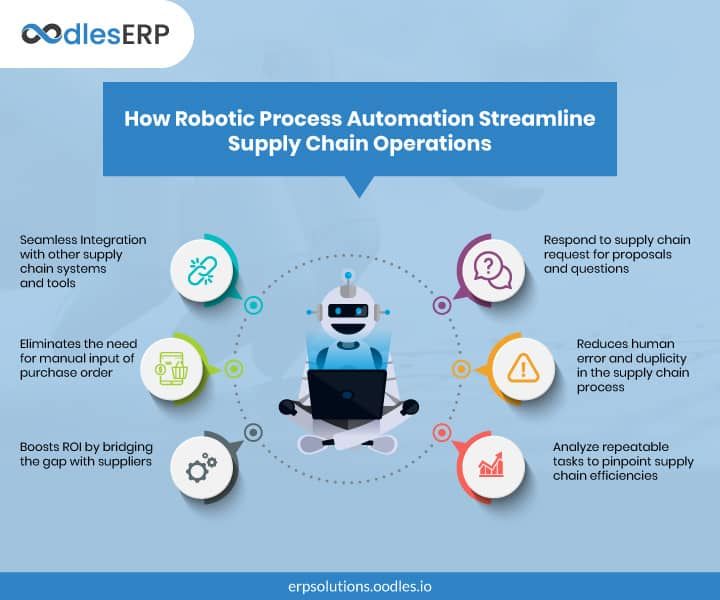In today’s fast-paced and highly competitive business landscape, organizations across industries are constantly seeking ways to improve efficiency and productivity. Robotic Process Automation (RPA) emerges as a transformative technology that holds immense potential for streamlining repetitive and mundane tasks within business operations.
The Benefits of RPA
RPA enables businesses to automate routine processes by using software robots or “bots” to mimic human actions. By leveraging RPA, companies can achieve a range of benefits:
Increased Efficiency: RPA reduces human error and accelerates task completion, leading to improved operational efficiency.
Cost Savings: By automating repetitive tasks, organizations can reduce labor costs, allowing them to allocate resources to more strategic initiatives.
Improved Accuracy: Bots consistently follow predefined rules, ensuring a higher level of accuracy and data integrity.
Enhanced Scalability: RPA enables businesses to scale their operations without significant additional investments, as software robots can handle increased workloads efficiently.
Better Customer Experience: With increased efficiency and accuracy, RPA helps organizations deliver faster and more reliable services, improving customer satisfaction.
Applications of RPA in Business Operations
RPA can be applied across various business functions and industries:
1. Finance and Accounting
RPA can automate tasks such as invoice processing, data entry, and financial report generation, reducing manual errors, and improving financial accuracy.
2. Human Resources
Automating personnel record management, payroll processing, and employee onboarding processes can save time, reduce administrative burdens, and enhance HR efficiency.
3. Customer Service
RPA can be employed to automate tasks such as ticket routing, data retrieval, and response generation, enabling faster response times and improved customer service quality.
4. Supply Chain Management
RPA can optimize supply chain operations by automating tasks like order processing, inventory management, and shipment tracking, leading to better inventory control and reduced processing time.
5. IT Operations
Automating software installations, system updates, and troubleshooting tasks can significantly improve IT efficiency, allowing for faster issue resolution and reduced downtime.
Implementing RPA Successfully
While the benefits of RPA are clear, successful implementation requires careful planning and execution:
Process Evaluation: Identify processes suitable for automation, considering factors such as frequency, volume, and rule-based nature.
Vendor Selection: Choose an RPA solution provider that aligns with your business requirements, offers reliable support, and ensures scalability.
Stakeholder Involvement: Involve stakeholders early on to gather insights, address concerns, and obtain buy-in for automation initiatives.
Robust Testing: Thoroughly test RPA solutions before implementing them to ensure smooth integration with existing systems and minimize disruptions.
Training and Change Management: Provide adequate training and change management support to employees to ensure a smooth transition to the new automated processes.
The Future of RPA
As technology continues to evolve, the future of RPA holds even more promise. Advancements in artificial intelligence and machine learning will enable RPA bots to handle complex decision-making and further enhance process automation capabilities. With the increasing adoption of RPA, organizations are transforming the way they operate, improving efficiency, and unlocking new growth opportunities.

